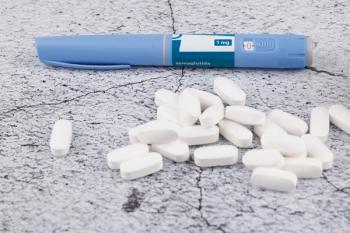
FDA Approves Insulin Aspart-Xjhz as First Interchangeable Biosimilar to NovoLog
The FDA approves Kirsty, an interchangeable biosimilar insulin, enhancing diabetes treatment options and accessibility for patients.
The FDA approved insulin aspart-xjhz (Kirsty) 100 units/mL as the first and only interchangeable biosimilar to insulin aspart (NovoLog). The biosimilar, a rapid-acting human insulin analog, is indicated for glycemic control in adults and pediatric patients with diabetes.1
“The FDA approval of Kirsty, the first and only interchangeable biosimilar rapid-acting insulin aspart in the US, is a significant step forward in our efforts to make insulin more accessible and affordable,” Shreehas Tambe, CEO and managing director of Biocon Biologics, said in a news release.1 “With Kirsty, we are expanding treatment choices for people living with diabetes and advancing our ambition to be a global leader in addressing unmet needs in diabetes care.”
According to the CDC, approximately 38.4 million people have diabetes in the United States, with approximately 22.8% being undiagnosed. Among adults 18 years and older, the estimate for new cases of diabetes was 1.2 million in 2021, and adults in the 18- to 44-year age range had higher incidence rates compared with adults in the 45- to 64-year and 65 years and older age ranges. Among pediatric patients, approximately 18,169 patients under 20 years were diagnosed with type 1 diabetes and 5293 were diagnosed with type 2 diabetes.2
In clinical trials, investigators analyzed the safety and efficacy for adults with type 1 diabetes (596), pediatric patients with type 1 diabetes (187), and adults with type 2 diabetes (91). In one trial for adults and pediatric patients, Insulin aspart reduced baseline hemoglobin A1c by -0.1 compared with regular human insulin at 0.0. For pediatric patients with type 1 diabetes specifically, baseline hemoglobin A1c decreased by 0.1 for both study treatments. For adults with type 2 diabetes, insulin aspart decreased hemoglobin A1c by 0.3 compared with 0.1 for human insulin, and for continuous subcutaneous insulin infusion, hemoglobin A1c was decreased by 0.6 and 0.5, respectively.3
Pharmacists play a large role in biosimilars as well as diabetes management. They have the ability to switch medication from a brand name to a biosimilar, which is a medication that shows no meaningful differences from the brand-name medication. If the biosimilar has interchangeability status, the pharmacists can substitute for a biosimilar at the pharmacy level and without provider approval. According to an article in Diabetes, Metabolic Syndrome and Obesity, the authors acknowledge how the role of the pharmacist has changed over the last 50 years.4
In diabetes care, pharmacists serve as important members of the diabetes management team, including providing education, offering therapeutic recommendations, and, through collaborative practice agreements, having prescribing authority. Pharmacists can also provide diabetes management as an embedded member of clinic or hospital locations. However, education is one of the most prudent roles of pharmacists in diabetes care.4
“Gaps in healthcare remain as the shortage of PCPs [primary care providers] continues. Pharmacists remain positioned in an opportune place to bridge this gap and to provide services at an expedited time,” the study author said. “Some studies have suggested that more frequent follow-up visits can be beneficial to improving rates of attaining diabetes goals. Therefore, by working with available PCPs, pharmacists can act as extenders to provide high-quality care for at risk individuals between their other clinician appointments."
READ MORE:
Ready to impress your pharmacy colleagues with the latest drug information, industry trends, and patient care tips? Sign up today for our
REFERENCES
1. Biocon Biologics expands diabetes portfolio with FDA approval of Kirsty, the first and only interchangeable rapid-acting insulin aspart in the United States. News release. Biocon Biologics. July 15, 2025. Accessed July 21, 2025. https://www.globenewswire.com/news-release/2025/07/15/3115973/0/en/Biocon-Biologics-Expands-Diabetes-Portfolio-with-FDA-Approval-of-Kirsty-the-First-and-Only-Interchangeable-Rapid-Acting-Insulin-Aspart-in-the-United-States.html
2. CDC. National Diabetes Statistics Report. May 15, 2024. Accessed July 21, 2025. https://www.cdc.gov/diabetes/php/data-research/index.html
3. Kirsty [package insert]. Biocon Biologics. 2025.
4. Orabone AW, Do V, Cohen E. Pharmacist-Managed Diabetes Programs: Improving Treatment Adherence and Patient Outcomes. Diabetes Metab Syndr Obes. 2022;15:1911-1923. Published 2022 Jun 20. doi:10.2147/DMSO.S342936
Newsletter
Pharmacy practice is always changing. Stay ahead of the curve with the Drug Topics newsletter and get the latest drug information, industry trends, and patient care tips.





























































































































